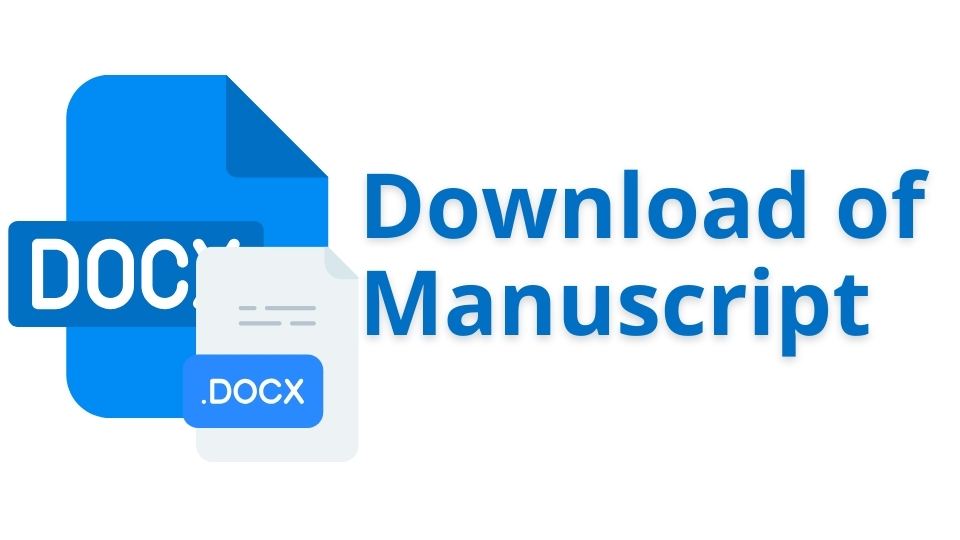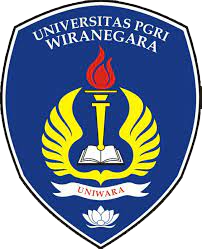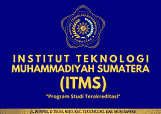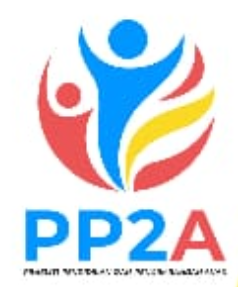Utilization of Smart Telephone Technology in Exploration Activities to Increase Early Childhood Creativity: Case Study at RA Al-Islam Petalabumi
Keywords:
Activities, Creativity, Exploratory, Utilizing smartphoneAbstract
This research focuses on efforts to bridge the gap between physical education theory and teaching practice by implementing audio-visual media in the classroom. This study is a systematic literature review that evaluates the effectiveness of using audio-visual media in physical education teaching from 2020 to 2024. The theories bridged include visual learning theory and learning motivation theory, which are integrated into teaching practice through instructional videos, animations, and multimedia presentations. This research examined 21 studies involving secondary school students from various regions and countries, with a total of 1789 students participating. The study results show that using audio-visual media in physical education can significantly increase student motivation and involvement. However, implementing this media still faces various challenges, such as teachers' lack of understanding of technology, limited access to audio-visual devices, and inadequate training. To address this, the research recommends increasing specific teacher training on using audio-visual media, providing more comprehensive access to such technology, and supporting policies that encourage technology integration in physical education curricula. Thus, this research emphasizes integrating audio-visual media in physical education to bridge theory and practice and improve the quality of learning and student learning outcomes. This research also suggests concrete steps for implementation, such as ongoing training programs for teachers and regular evaluation of the effectiveness of using audio-visual media in the classroom.
Downloads

Published
How to Cite
Issue
Section
License
Copyright (c) 2023 Assyfa Journal of Multidisciplinary Education

This work is licensed under a Creative Commons Attribution-ShareAlike 4.0 International License.

 Universitas Panca Sakti Bekasi, Indonesia
Universitas Panca Sakti Bekasi, Indonesia












